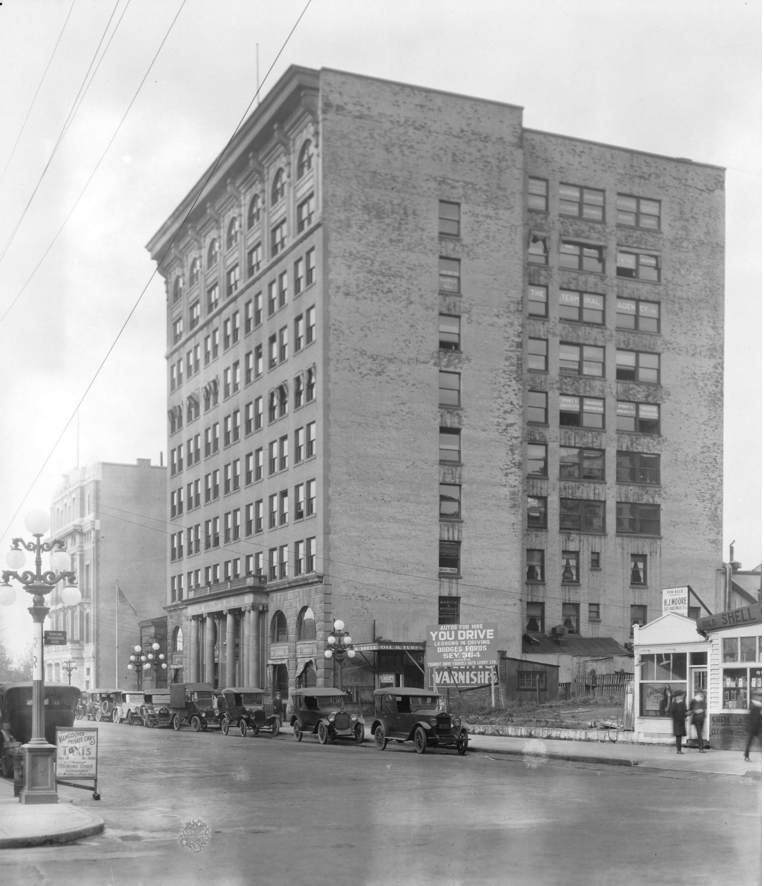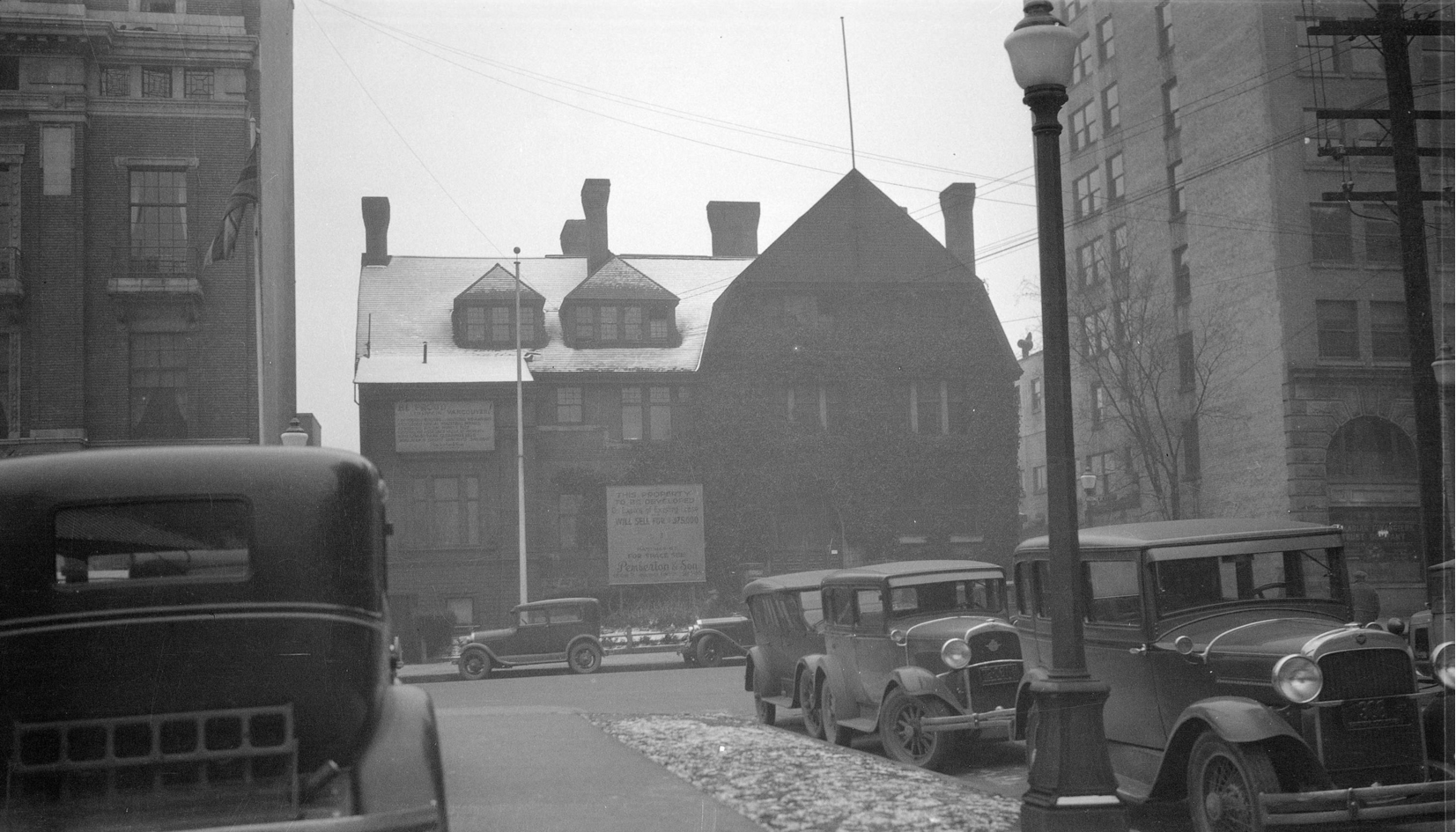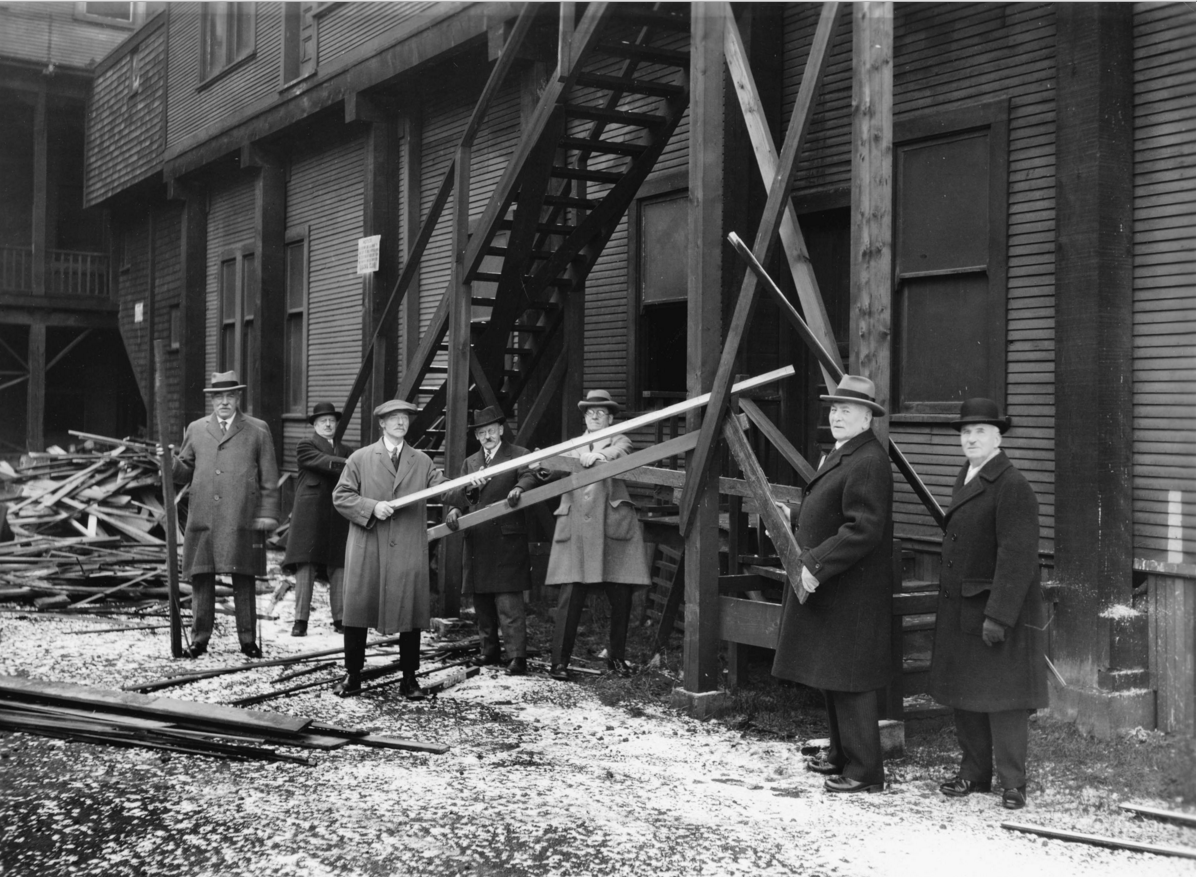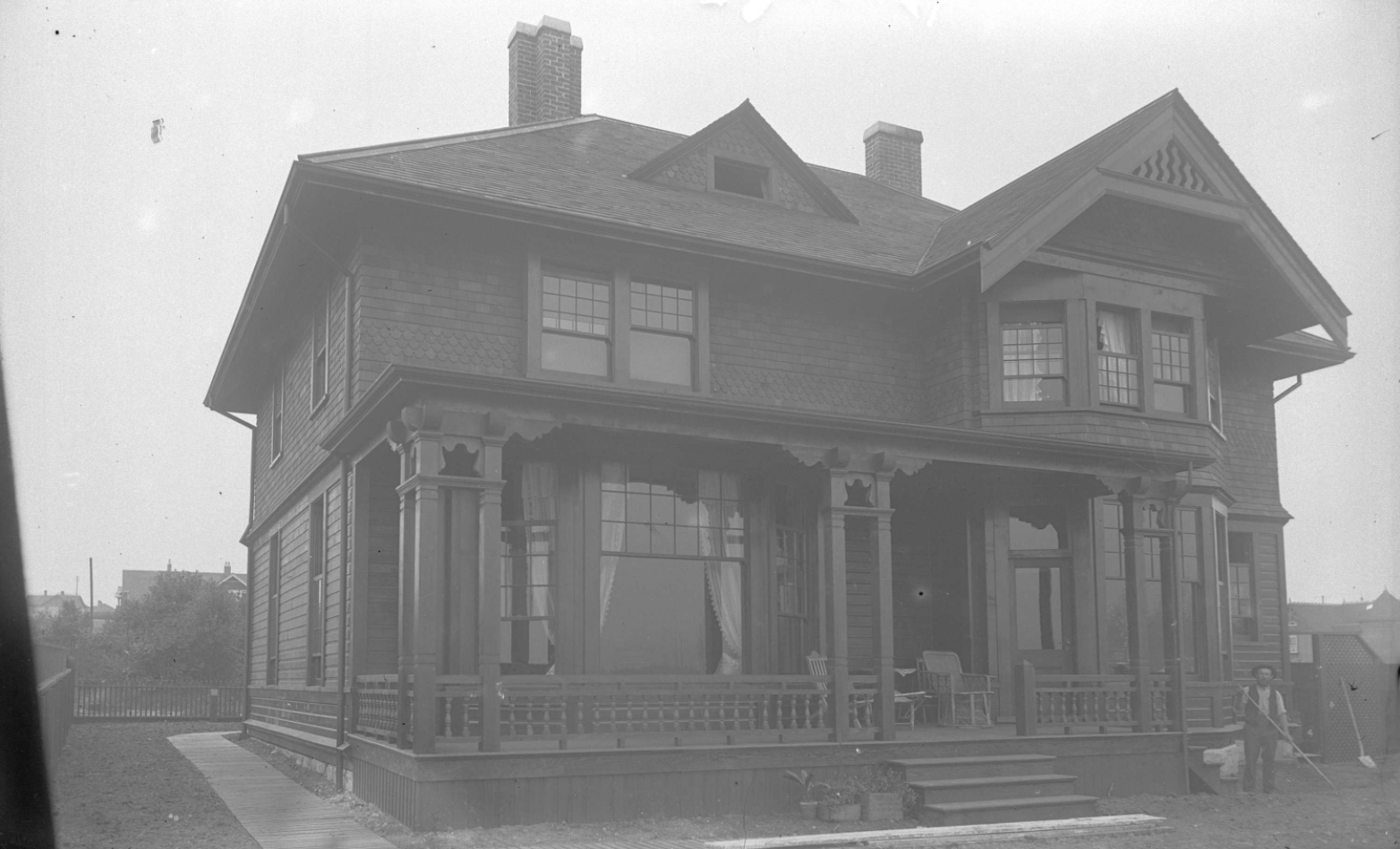
From Vancouver Exposed: Searching for the City’s Hidden History
Last week I wrote about the oldest house in Vancouver—well at least that’s what they called it when it burned to the ground in 1946. It was built in 1875, and until 1915, its address was Seaton Street.

Unlike most of Vancouver’s streets that are named after old white men, Lauchlan Hamilton, the CPR surveyor, named this one in 1886 after pulling it at random from a map (the town of Seaton is long gone, but used to be near Hazelton in northern BC).
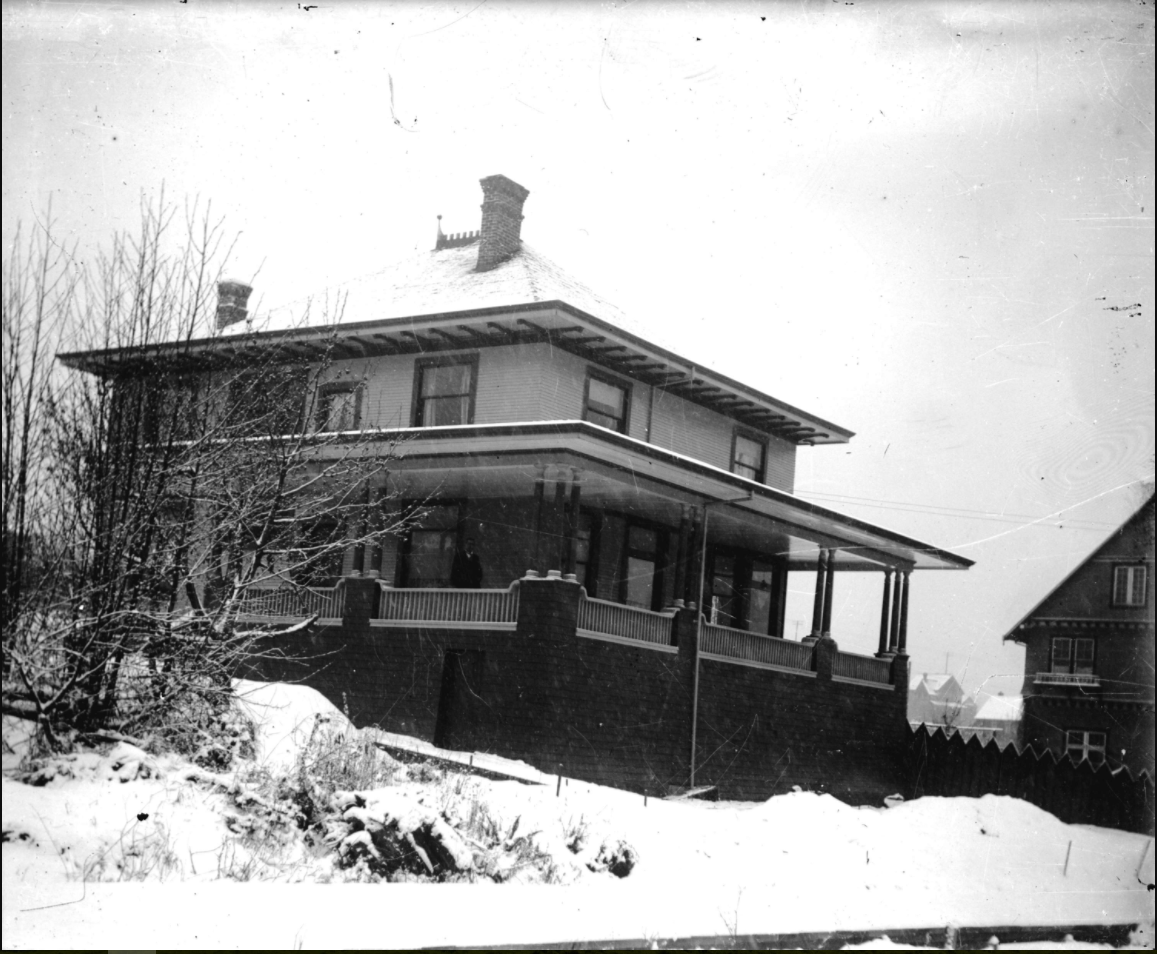
The street was dubbed Blueblood Alley after its wealthy occupants. It was also a short walk to the original Vancouver Club at Hastings and Hornby Streets (built in 1893), and from 1912, the Metropolitan Club on the next block down.
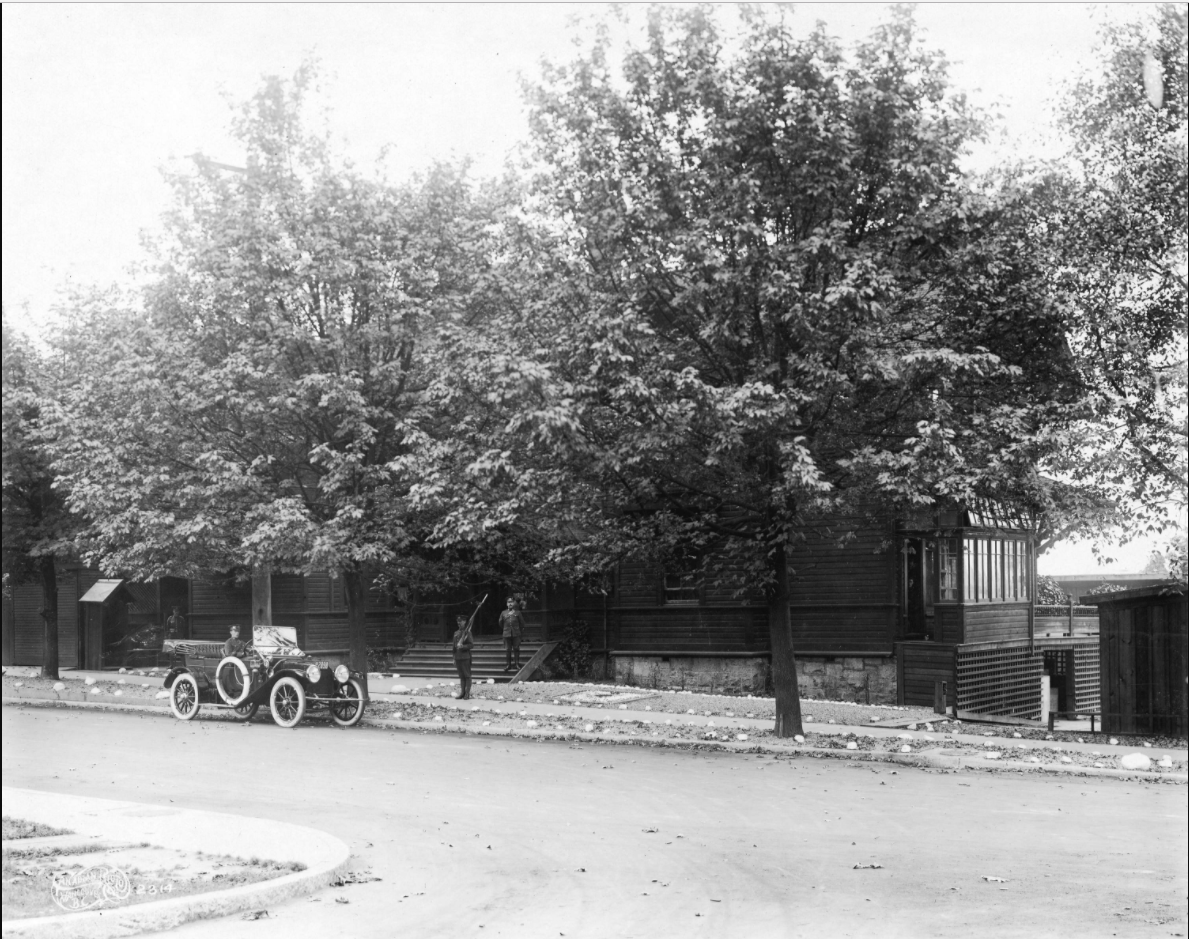
In 1901, the city directory shows 15 houses on Seaton Street from Burrard to Jervis. Residents include Mayor Thomas Townley, Henry Ogle Bell-Irving (known in Vancouver business circles as H.O.), and Vancouver’s first solicitor, Alfred St. George Hamersley. Frank Holt, and his little shack at #1003, is completely ignored by the city directory that year. Frank first gets a listing in 1904, and new neighbor, real estate agent Edward Mahon.
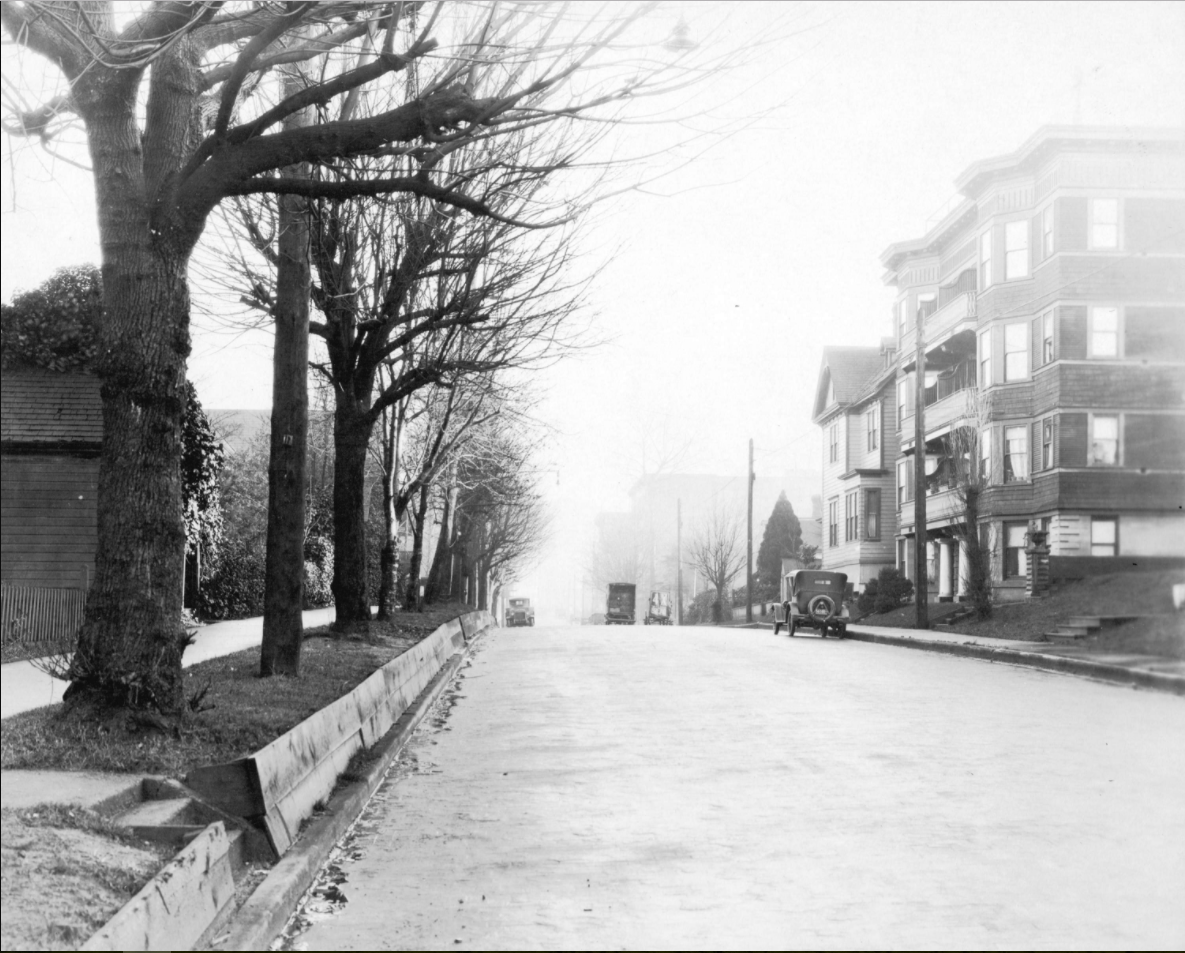
In the early years of the 20th Century, the bluebloods began to leave the alley for higher ground above English Bay, and by 1915, the road was an extension of Hastings Street west of Burrard, and just like the rich, the name disappeared.


For more posts see: Our Missing Heritage
© All rights reserved. Unless otherwise indicated, all blog content copyright Eve Lazarus.


